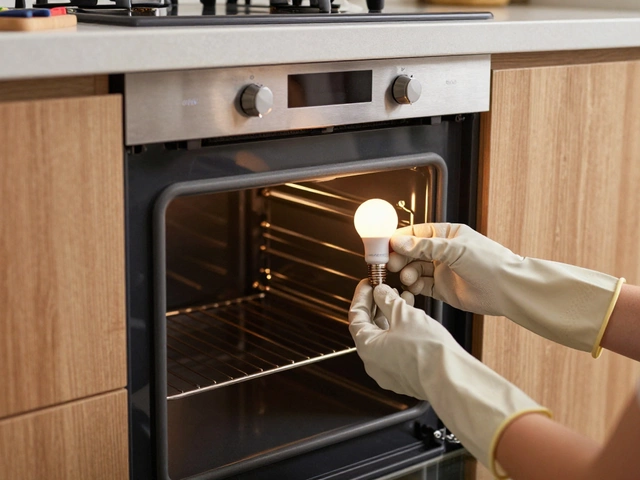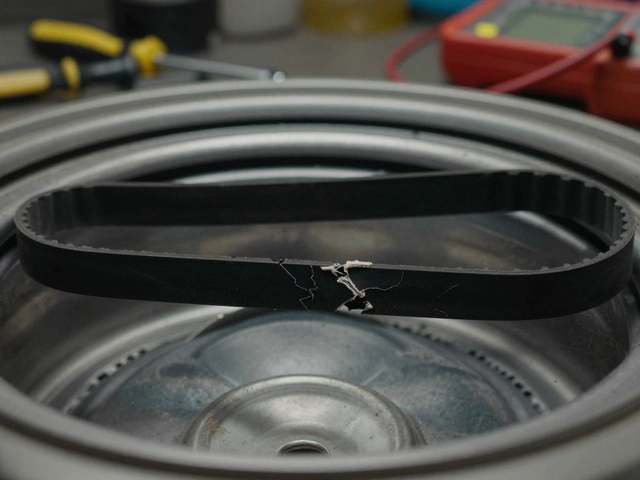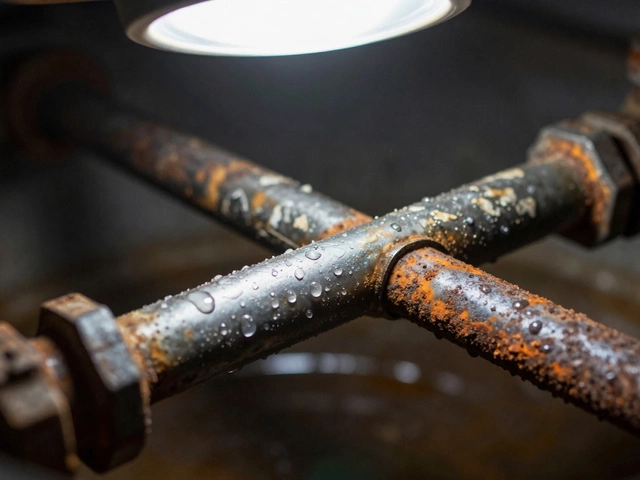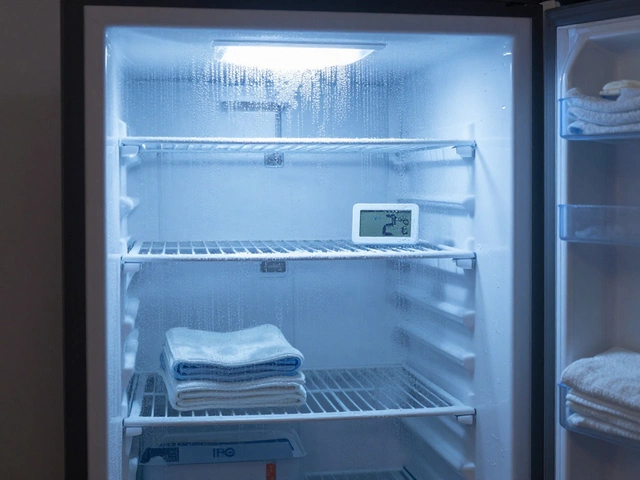Cleaning Tips for Home Appliances – Keep Everything Sparkling & Efficient
If you’ve ever stared at a greasy oven or a frosty freezer and thought, “I don’t have time for this,” you’re not alone. The good news? Most appliance clean‑ups take less than 30 minutes and can add years to the life of the device. Below you’ll find easy, no‑nonsense steps to keep your fridge, oven, dishwasher, washer and even that tiny extractor fan running like new.
Why regular cleaning matters
Dust, food splatters and mineral deposits do more than look ugly – they block airflow, strain motors and waste energy. A dirty fridge makes the compressor work harder, which bumps up your electricity bill. An oven with burnt‑on grease can spark a fire. And a dishwasher with limescale won’t rinse dishes clean, leaving spots and odors. Cleaning isn’t just cosmetic; it’s a cheap way to avoid costly repairs.
Step‑by‑step cleaning guides
Refrigerator: Empty the shelves, toss any expired food, and wipe every surface with a solution of warm water and a splash of dish soap. For stubborn stains, use a mix of baking soda and water. Don’t forget the door seals – a cotton swab dipped in the same solution will lift grime that could cause leaks. Finish by placing a bowl of baking soda inside to absorb odors.
Oven: Let the oven cool, then spray the interior with a commercial oven cleaner or a homemade mix of vinegar and water. Let it sit for 15 minutes, wipe with a non‑abrasive sponge, and rinse with a damp cloth. For the hot‑spot under the broiler, a paste of baking soda and water works wonders – apply, wait, then scrub gently.
Dishwasher: Remove the bottom filter and rinse any food bits. Run a hot‑water cycle with a cup of white vinegar on the top rack; the vinegar breaks down limescale and clears the spray arms. Follow up with a half‑cup of baking soda on the bottom and run a short rinse cycle. This combo eliminates smells and restores shine.
Washing machine: Wipe the door seal (for front‑loaders) with a cloth soaked in diluted bleach to kill mold. Run an empty hot cycle with two cups of white vinegar, then another empty hot cycle with half a cup of baking soda. This clears detergent residue and keeps the drum fresh.
Extractor fan: Turn off power, remove the cover and use a vacuum brush to pull out dust from the motor and blades. Wash the metal cover in warm, soapy water, dry it thoroughly, and reinstall. A clean fan cuts down on noise and improves ventilation.
Stick to a simple schedule: wipe down the fridge weekly, give the oven a light clean after each big bake, run the dishwasher cleaning cycle once a month, and tackle the washer and fan every few months. Small, regular chores beat massive, expensive repairs.
And remember, if you ever hit a snag you can’t solve – like a stubborn compressor leak or a broken oven thermostat – it’s time to call the pros at Hinckley Home Appliance Repair Services. They know how to fix what cleaning can’t, keeping your home running smoothly without breaking the bank.
28 March 2025
·
0 Comments
Got a blocked kitchen extractor fan? It happens more often than you'd think. If your kitchen is smelling a bit more like last night's dinner than you'd like, it might be time to roll up your sleeves and sort it out. Knowing how to unblock your fan can save you money and a frustrating day spent with a repairman. Clear the air with these practical steps.
Read more






